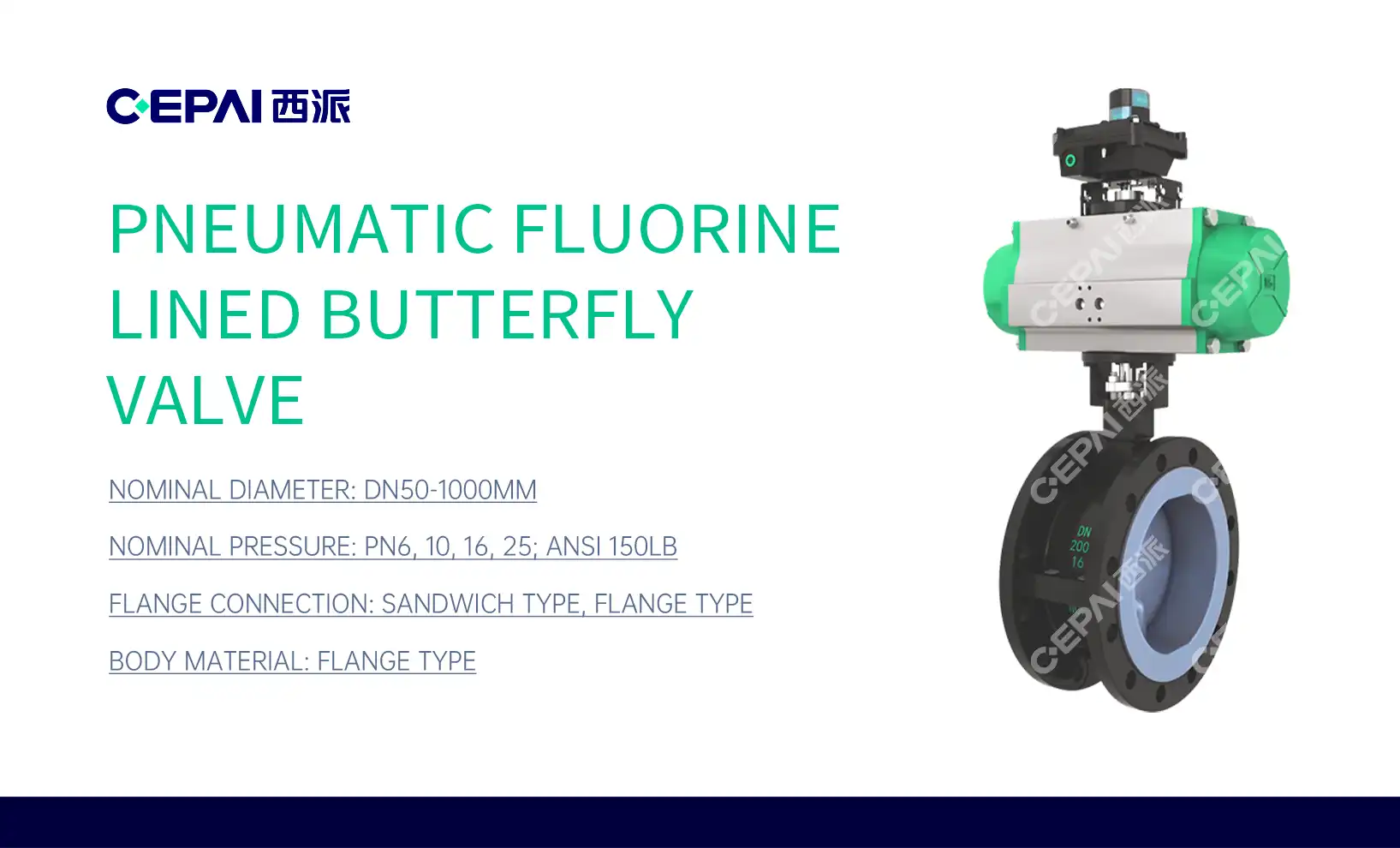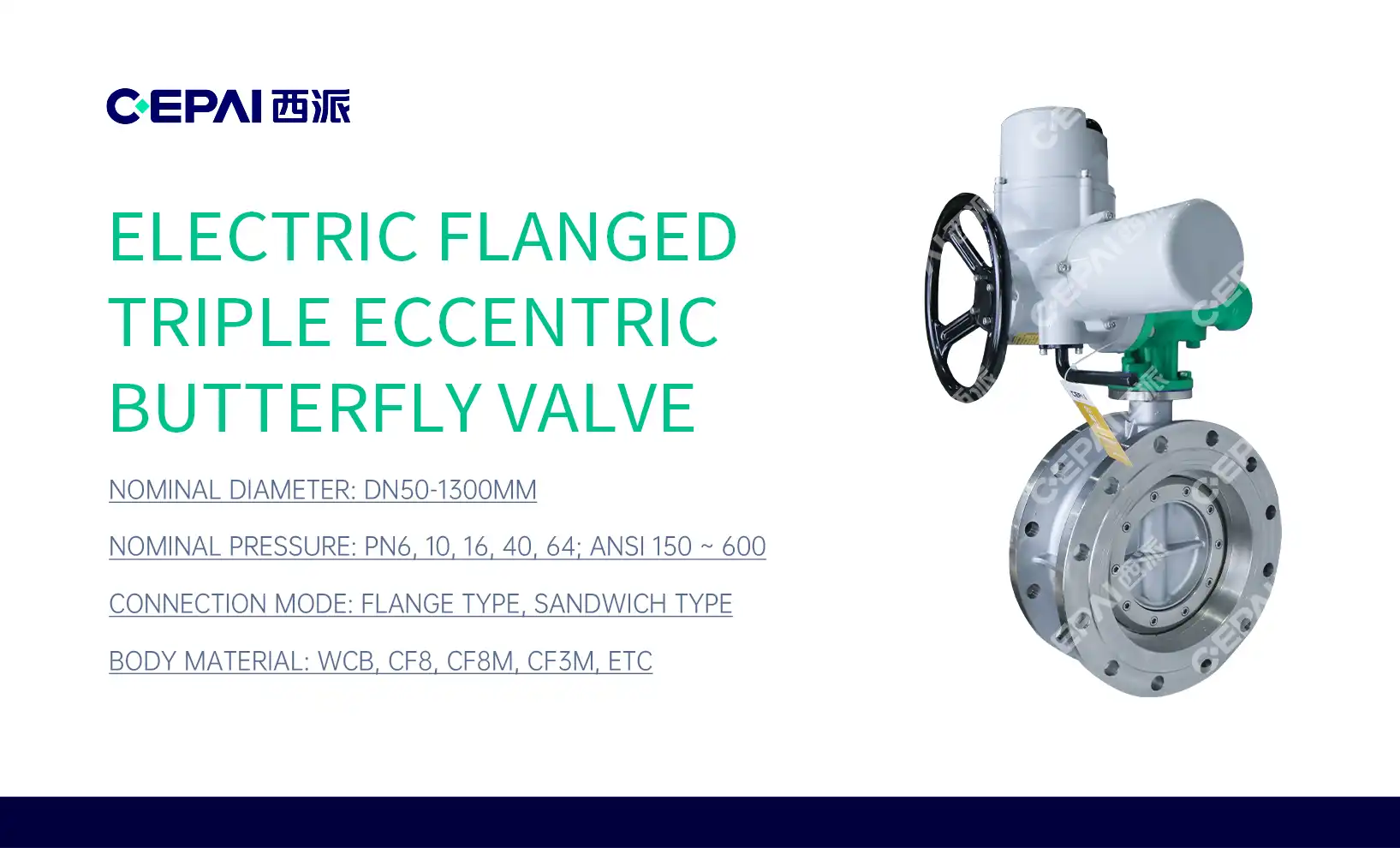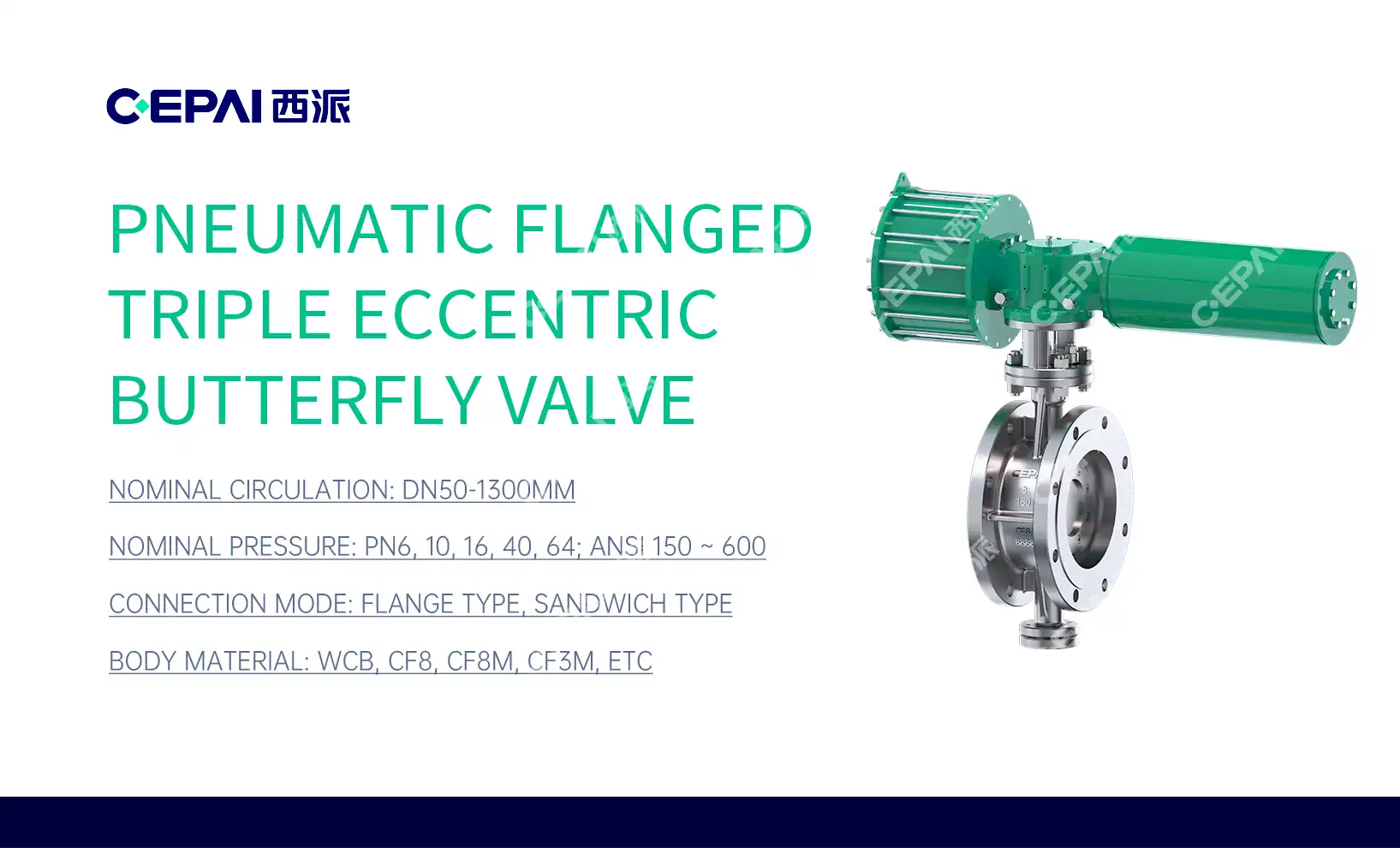Understanding Electric Butterfly Valves and Their Applications
Design and Operating Principle of Electric Butterfly Valves
Electric butterfly valves feature a disc-shaped closure element that rotates on a shaft to control flow. The valve's compact design allows for quick opening and closing, making it an efficient choice for many applications. The electric actuator provides precise control over the disc's position, enabling smooth flow regulation. This design also results in minimal pressure drop across the valve, contributing to overall system efficiency.
Advantages of Electric Butterfly Valves in Automation
In automated systems, electric butterfly valves offer several benefits. Their quick operation time allows for rapid response to changing process conditions. The lightweight construction reduces stress on pipelines and support structures, while the compact design makes them ideal for installations with space constraints. Additionally, the relatively simple mechanism of butterfly valves often translates to lower maintenance requirements and costs.
Limitations and Considerations for Electric Butterfly Valves
Despite their advantages, electric butterfly valves have some limitations. They may not be suitable for high-pressure applications or those requiring tight shut-off. The disc's constant presence in the flow path can cause turbulence, which may be undesirable in certain processes. Furthermore, the sealing effectiveness can decrease over time due to wear on the disc and seat, potentially leading to increased maintenance needs in critical applications.
Exploring Electric Ball Valves and Their Role in Automation
Construction and Functionality of Electric Ball Valves
Electric ball valves consist of a spherical closure member (the ball) with a bore through its center. The ball rotates to align or misalign the bore with the flow path, effectively controlling the flow. An electric actuator provides the rotational force to position the ball precisely. This design allows for excellent sealing capabilities and a full bore option that minimizes flow restrictions when the valve is fully open.
Benefits of Electric Ball Valves in Automated Systems
In automation contexts, electric ball valves offer robust performance and versatility. Their excellent shut-off capabilities make them suitable for applications requiring tight sealing, even at high pressures. The full bore design, when available, allows for minimal pressure drop and unrestricted flow when open. Electric ball valves also provide good control characteristics, making them suitable for both on-off and modulating service in a wide range of industrial processes.
Challenges and Considerations for Electric Ball Valves
While electric ball valves are versatile, they do have some drawbacks. They typically require more torque to operate than butterfly valves, which can result in larger, more expensive actuators. The cavity around the ball can trap media, which may be problematic in certain applications. Additionally, the sealing surfaces can be susceptible to wear in applications with abrasive media, potentially affecting long-term performance and reliability.
Comparative Analysis: Electric Butterfly Valves vs Electric Ball Valves
Performance in High-Pressure and High-Temperature Environments
When it comes to high-pressure applications, electric ball valves generally outperform butterfly valves. The ball valve's design allows for better sealing under pressure, making them suitable for a wider range of pressure conditions. In high-temperature environments, both valve types can be engineered to perform well, but the choice often depends on specific temperature ranges and the media being controlled. Ball valves may have a slight edge in extreme temperature applications due to their robust construction.

Cost-Effectiveness and Maintenance Requirements
Electric butterfly valves often have a lower initial cost compared to ball valves, especially in larger sizes. Their simpler design typically translates to lower maintenance requirements and costs over time. However, in applications where frequent cycling or tight shut-off is necessary, the potentially higher maintenance needs of butterfly valves may offset their initial cost advantage. Electric ball valves, while potentially more expensive upfront, can offer longer service life and lower long-term maintenance costs in certain applications, particularly those requiring tight shut-off or handling abrasive media.
Space Considerations and Installation Flexibility
In terms of space efficiency, electric butterfly valves have a clear advantage. Their compact design makes them ideal for installations where space is at a premium. This can be particularly beneficial in retrofit projects or in facilities with limited room for expansion. Electric ball valves, while generally more space-consuming, offer greater flexibility in terms of flow direction and can be installed in any orientation. This versatility can be advantageous in complex piping systems or where frequent reconfiguration is necessary.
Conclusion
The choice between electric butterfly valves and electric ball valves for automation depends on the specific requirements of your application. Electric butterfly valves excel in scenarios requiring quick operation, low-pressure drop, and compact installation. They are often the go-to choice for large-diameter pipelines and applications where space is limited. Electric ball valves, on the other hand, offer superior performance in high-pressure applications, provide excellent shut-off capabilities, and are versatile enough to handle a wide range of industrial processes. Ultimately, the decision should be based on a careful consideration of factors such as operating pressure, temperature, required flow characteristics, space constraints, and long-term maintenance needs.
FAQs
1. What are the main differences between electric butterfly valves and electric ball valves?
Electric butterfly valves use a disc for flow control and are compact, while electric ball valves use a spherical closure member and offer better sealing.
2. Which valve type is better for high-pressure applications?
Electric ball valves generally perform better in high-pressure scenarios due to their superior sealing capabilities.
3. Are electric butterfly valves more cost-effective?
Initially, yes. However, long-term costs depend on the specific application and maintenance requirements.
4. Which valve type requires less space?
Electric butterfly valves are typically more compact and space-efficient than electric ball valves.
Electric Valve Solutions for Industrial Automation | CEPAI
CEPAI Group Co., Ltd. is a leading manufacturer of high-quality electric butterfly valves and ball valves for industrial automation. Our state-of-the-art intelligent manufacturing facility, featuring the longest high-precision flexible production line in the Asia Pacific region, ensures superior product quality and innovation. As a trusted supplier and manufacturer, we offer customized valve solutions to meet your specific automation needs. Contact our expert team at cepai@cepai.com to discuss how our advanced valve technology can enhance your industrial processes.

References
Smith, J. (2022). "Advancements in Electric Valve Technology for Industrial Automation." Journal of Fluid Control Systems, 15(3), 78-92.
Johnson, A. & Lee, S. (2021). "Comparative Analysis of Butterfly and Ball Valves in High-Pressure Applications." International Journal of Valve Research, 9(2), 145-160.
Brown, R. (2023). "Energy Efficiency in Automated Valve Systems: A Case Study." Energy and Process Engineering Review, 18(4), 210-225.
Zhang, L. et al. (2022). "Long-term Performance Evaluation of Electric Valves in Chemical Processing Industries." Chemical Engineering Technology, 45(6), 1132-1148.
Thompson, K. (2021). "Space-Efficient Valve Solutions for Modern Industrial Facilities." Industrial Plant Design, 12(1), 55-70.
Garcia, M. & Patel, R. (2023). "Cost-Benefit Analysis of Valve Selection in Large-Scale Automation Projects." Journal of Industrial Economics, 30(2), 180-195.

_1746598538016.webp)



